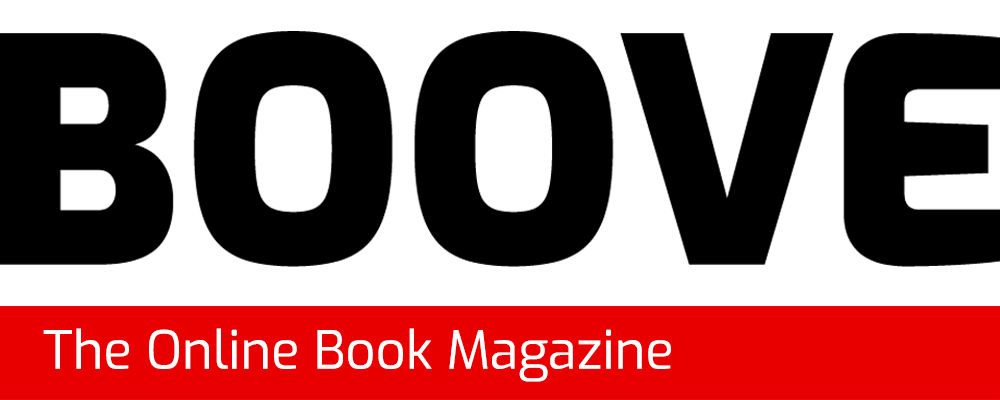This post contains affiliate links. Affiliate disclosure: As an Amazon Associate, we may earn commissions from qualifying purchases from Amazon.com and other Amazon websites.
Piano is notoriously difficult at the start. Forming the correct handshape, getting used to legato, it can all be a big task for a beginner!
These books take it step by step, with easy to follow guides and notes to help you or the beginner you know. Great companions to pieces are music theory books, which create a great foundation for when pieces get increasingly more complex.

I recommend this book for all beginners ages 5 – 15. It lays out all the information needed for a solid foundation in piano playing, sight reading, and general music education. It’s easy to follow and moves at a good pace.
Before buying a copy make sure to compare the price at various outlets:
Book Depository (International)Waterstones (International) Read more reviews and buy the book here
This is a great all in one method book for beginners ages 15 – 99. Once you get a grasp of the basics they offer great supplementary collections of performance pieces in various styles.
Before buying a copy make sure to compare the price at various outlets:
Book Depository (International)Waterstones (International) Read more reviews and buy the book here
This book is a great choice since the pieces aren’t too long, & they include big notes to easy readability. Having a corresponding theory book is a great addition.
Before buying a copy make sure to compare the price at various outlets:
Book Depository (International)Waterstones (International) Read more reviews and buy the book here
This is a great book for starting with really young students (pre-k or kindergarten age). It has fun activities to teach fundamentals including Mitsy’s Cat Back, L.H. Rainbows, & R.H. Rainbows. The writing books includes corresponding activities. Throughout the book, students are joined by reappearing characters such as Dallas, Tap, & Mrs. Razzle-Dazzle. It doesn’t rush students to learn the note names (or maybe I just tend to move at a slower pace).
Before buying a copy make sure to compare the price at various outlets:
Book Depository (International)Waterstones (International) Read more reviews and buy the book here
This book is aimed more for band students than piano students, but can easily be adapted. It’s not a technique book, but a supplemental workbook. Half of the book is theory & half is history. The theory is nice, but I really love that this a relatively elementary (late elementary & up) introduction to music history! I put together some music links & Spotify playlists on my website to unofficially supplement the book as well, so students can listen to examples of what they’re studying.
Before buying a copy make sure to compare the price at various outlets:
Book Depository (International)Waterstones (International) Read more reviews and buy the book here
The first thing to look at when choosing a piano book is the target audience. What age are you buying the book for? Several of the more popular series have books designed for the younger set, elementary aged kids, teens, and adults. The books for the younger set are shorter, move much slower, and have more graphics, especially as compared to the adult focused books.
Secondly, look at the approach. There are two basic approaches to teaching piano, and – as always! – there are advantages and disadvantages to each.
The first approach is to have the hands always in the same place, because that makes it easier to get comfortable with a home base. Then you gradually branch out from home.
The second is to have the hands moving into different positions on the keyboard regularly, because then you get learn the entire keyboard and you get used to moving your hands around it quicker.
I have used both approaches in my teaching, and if forced to choose, I would recommend Farber and Farber in combination with Alfred for choice of book.
Which method (and books) I choose depends on the student, age, and their temperament. Yes, there’s an element of guesswork and intuition involved – but the books are inexpensive enough and short enough so that it is easy to switch over to a different method if needed.
Before buying a copy make sure to compare the price at various outlets:
Book Depository (International)Waterstones (International) Read more reviews and buy the book here








